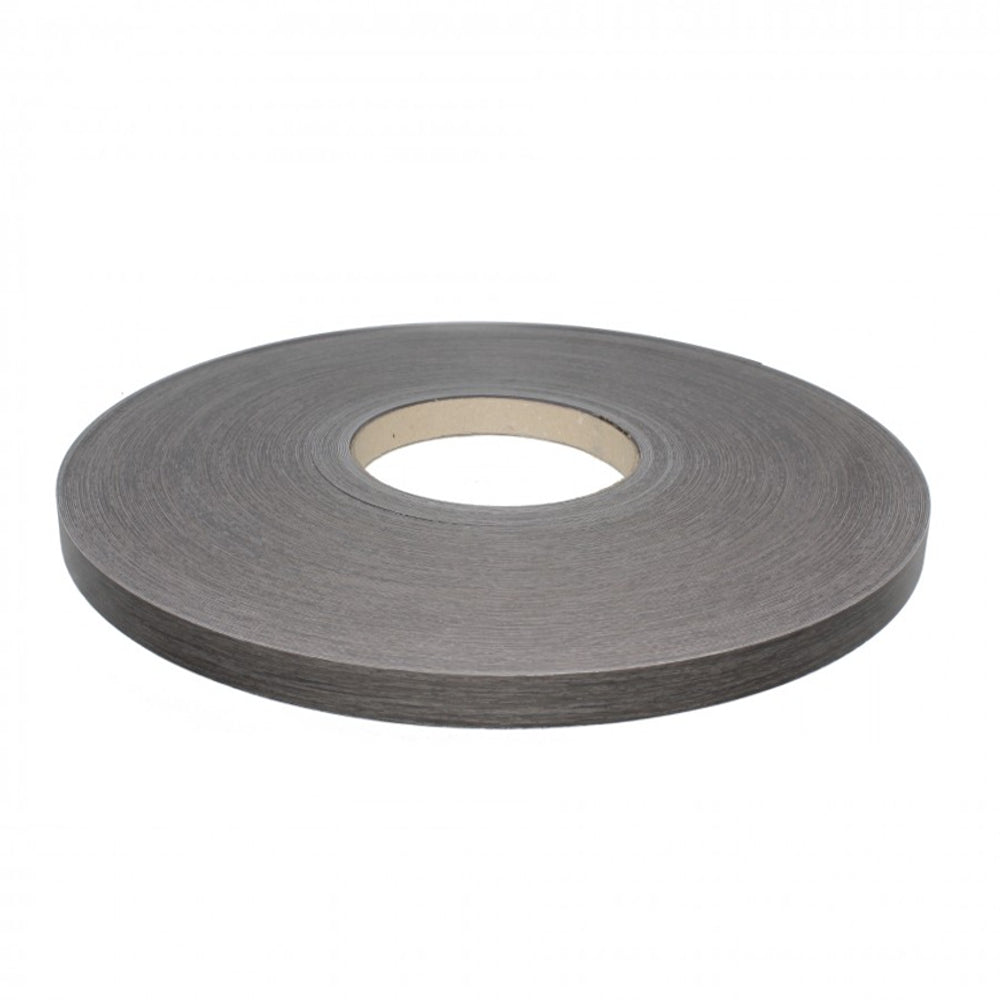We carry several types of Formica edge banding options to finish the edges of laminate countertops and other surfaces. Here are the main types of Formica edge banding.
Formica PVC Edge Banding
PVC (polyvinyl chloride) edge banding is one of the most common types offered for Formica laminates. It comes in a wide variety of colors and patterns to match Formica laminate designs. Key features include:
- Available in various thicknesses and widths
- Comes in rolls for easy application
- Offers color matches for solid colors, woodgrains, and patterns
- Durable and moisture-resistant
Formica ABS Edge Banding
ABS (Acrylonitrile Butadiene Styrene) edge banding is most eco-friendly option for finishing the edges of Formica laminate surfaces. Here are advantage offers several advantages for Formica ABS Edge banding:
- Highly durable and impact-resistant
- UV rays, and wear and tear
- Lightweight yet sturdy
- Bendable easy to apply in curvy applications.
Formica Edge Banding Application Methods
Our edge banding can be applied to Formica surfaces using:
- fully automatic and semi-automatic edge banding machines. (with hot melt adhesive)
- Peel-and-stick adhesive for easier DIY application (available for special order)
Formica Edge Banding Finishes
Our edge banding comes in various thickness to match Formica laminate textures and finishes flawlessly:
- High gloss
- Timbergrain
- Textured gloss
- SatinTouch
- SoftGrain
- Fieldstone
- Casual Rustic
When selecting Formica edge banding, it's important to match both the color/pattern and the finish texture to achieve the most seamless look with the laminate surface. Our edge banding perfectly match Formica laminates color, pattern and textures so you can focus on what really matter.







